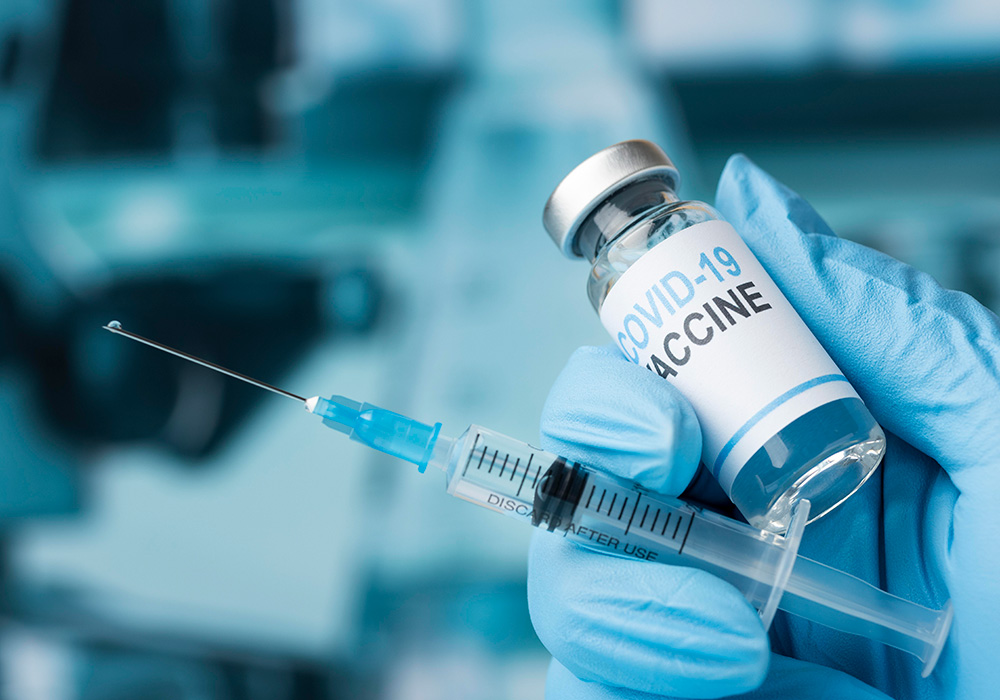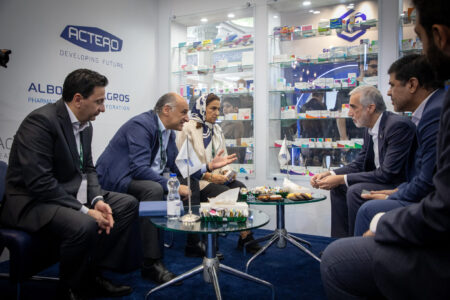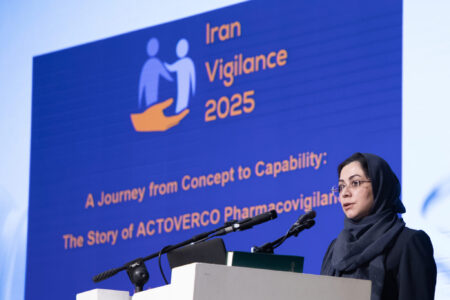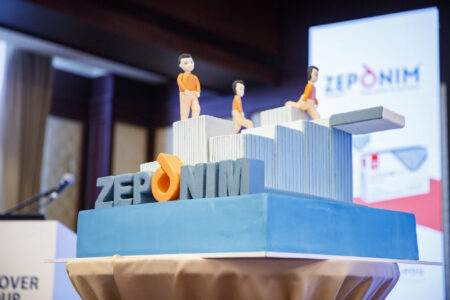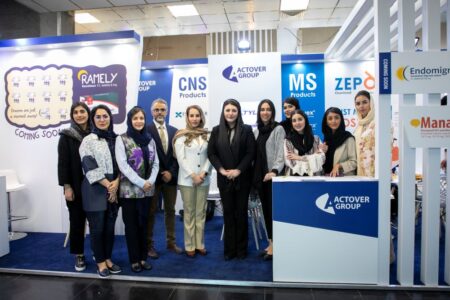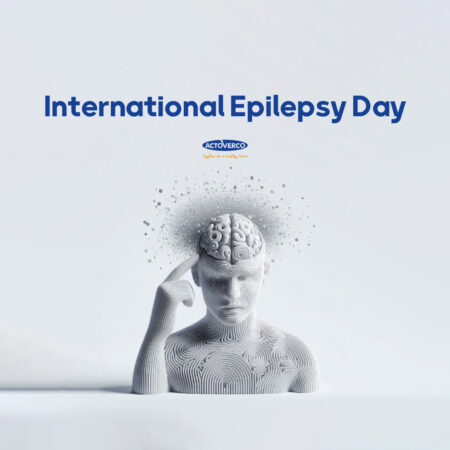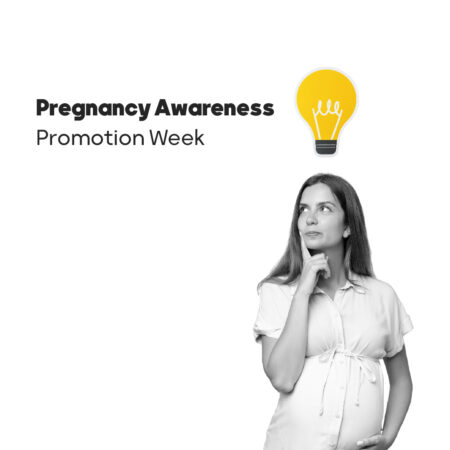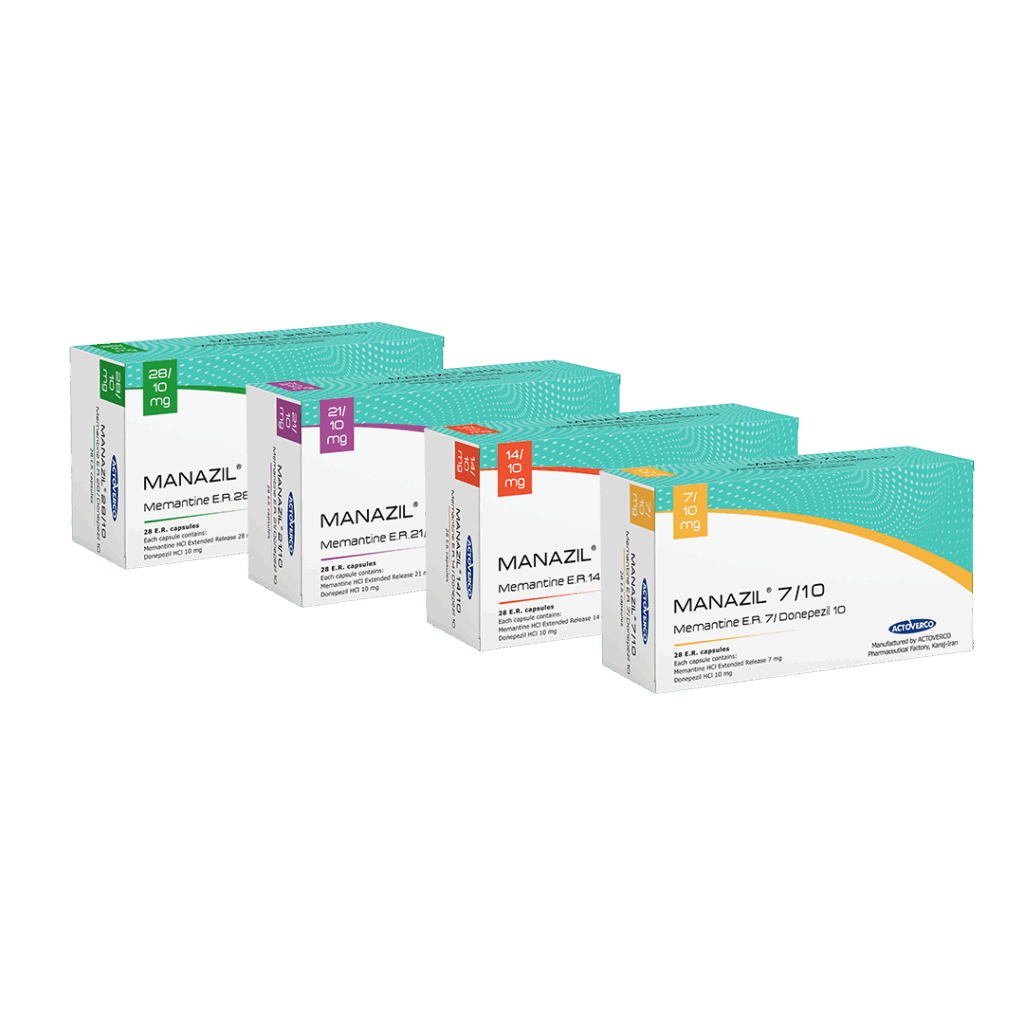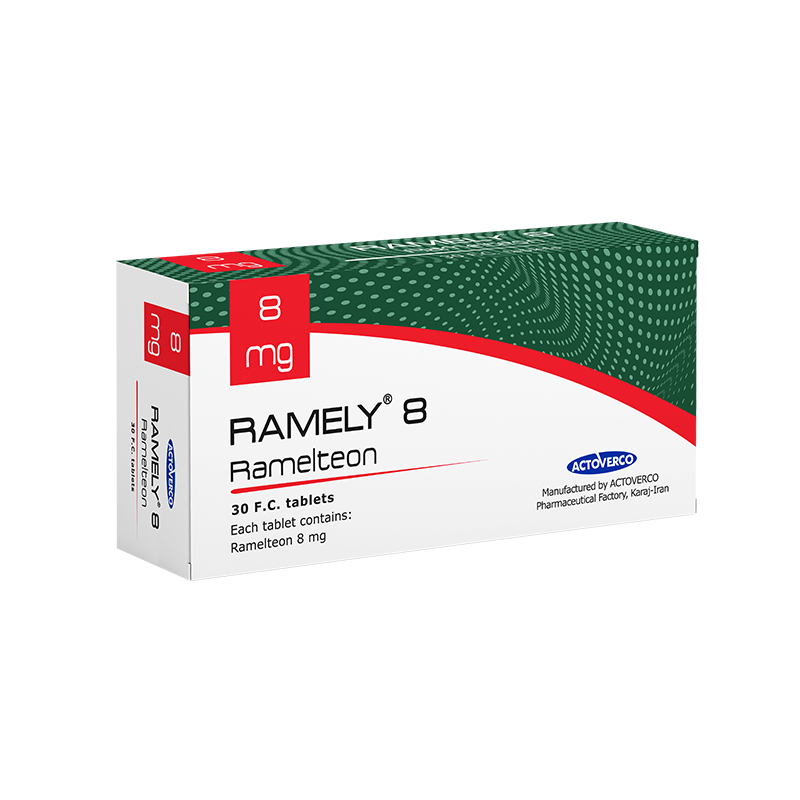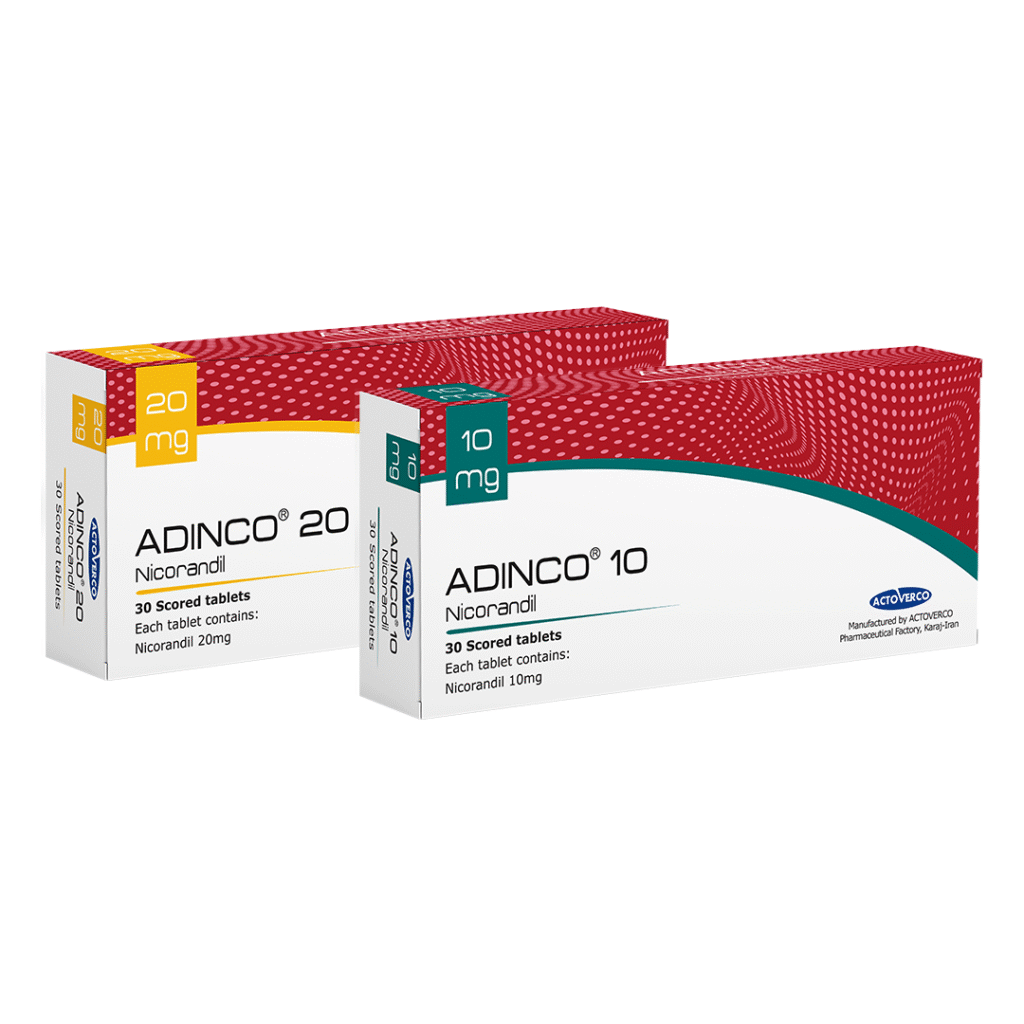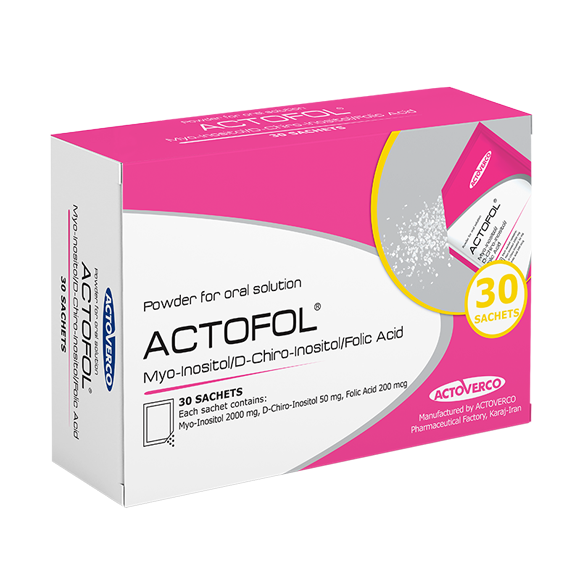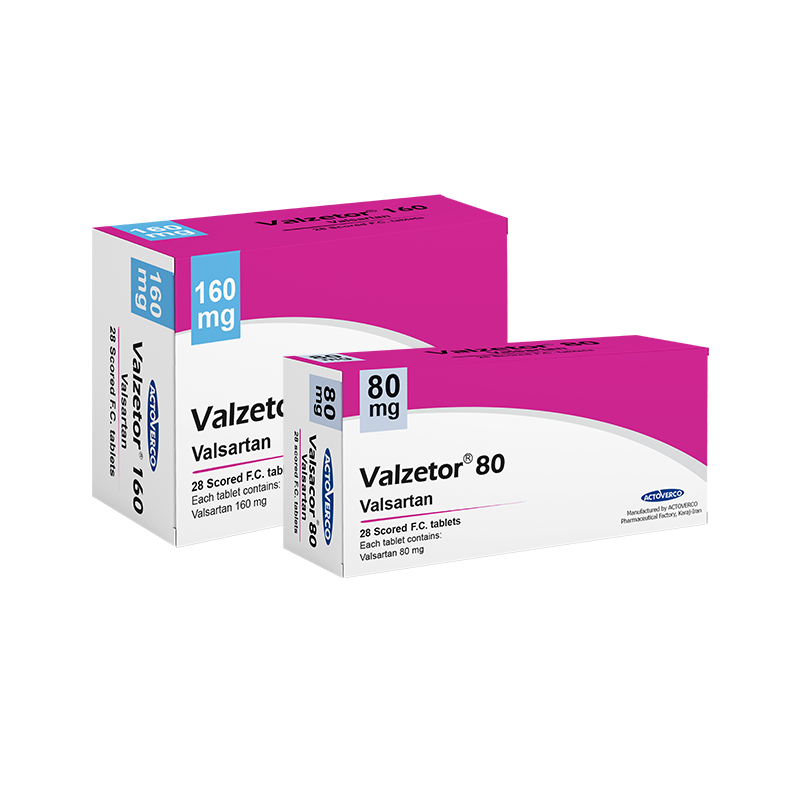Dr. Elham Yousefi (Pharmacist)
In Iran, the first case of COVID-19 was officially confirmed on February 19, 2020. Earlier, with the rapid spread of the disease in various parts of the world and speculations about the possibility of the disease entrance to Iran, there were rumors in Iran about the readiness to fight the disease, including research to make a vaccine. At this time, research on the vaccine had begun in a number of countries; however, the feasibility, effectiveness, and timing of the vaccine in Iran were highly questionable.
Attempts to develop the COVID-19 virus vaccine began with the decoding of the SARS-CoV-2 genome. Various techniques for making vaccines are being studied; these techniques include:
- Genetic vaccines: Vaccines that use one or more of the COVID-19’s own genes to stimulate an immune response.
- Virus carrier vaccine: A vaccine that uses the virus to deliver its gene to cells and stimulate an immune response.
So far, the vaccines that have been approved in Iran are:
- Covaxin
- AstraZeneca
- Sputnik V
- Sinopharm
|
Vaccine name |
Vaccine information |
Contraindications |
Precautions and warnings |
Adverse events |
|
Covaxin |
Manufacturer: India Vaccine type: inactivated virus Doses number: 2 Doses interval: 28 days Age group: > 18 y/o Efficiency: 77.8 % |
Allergy to any component of the vaccine; Pregnant and lactating women; People with acute illnesses or diseases associated with fever, such as COVID-19; People under 18 years old. |
In people with bleeding disorders or coagulation disorders (hemophilia) or taking blood thinners (anticoagulants), vaccination should be done in the first hours after receiving coagulation factors and the injection site should be pressed for about 30 minutes. People with weakened immune systems or autoimmune diseases should consult their doctor. |
Common: The most common local complication was pain at the injection site and the most common systemic complication was headache, followed by weakness, fever, pain and bruising, abdominal pain, nausea and vomiting. Less common: confusion, chills, sweating, cough and swelling in the injection site. |
|
Sputnik V |
Manufacturer: Russia Vaccine type: viral vector Doses number: 2 Doses interval: at least 21 days Age group: > 18 y/o Efficiency: 91.6 % |
A history of severe allergic reactions; People who have an acute illness or no fever (these people can return about two weeks after recovery); People who suffer from any severe complication after the first injection are prohibited from taking the second injection; Pregnant and lactating women. |
People with chronic liver and kidney failure, metabolic disease (uncontrolled diabetes and thyroid dysfunction), blood disorders such as hemophilia or coagulation disorders, epilepsy and other diseases of the central nervous system or stroke, coronary artery disease, Inflammation of the heart muscles, patients with autoimmune diseases and malignant cancers should consult their doctor before injection. |
Common: Mild flu-like illness (fever, chills, muscle and joint pain, sore throat, nasal congestion and weakness, nausea and headache) or pain and swelling and redness at the injection site (these symptoms are usually spontaneous). Less common: nausea, anorexia, enlarged lymph nodes, and rarely confusion and syncope.
|
|
Sinopharm |
Manufacturer: China Vaccine type: inactivated virus Doses number: 2 Doses interval: 28 days Age group: > 18 y/o Efficiency: 79 % |
A history of allergy to this vaccine; People with a history of allergic reactions or severe chronic disease; People with moderate to severe acute illness with or without fever are prohibited from receiving the vaccine until they recover. |
People with coagulation disorders or low blood platelets should be vaccinated with the opinion of their doctor, and after the vaccine injection, they should be careful about the injection site (in terms of bleeding). People with hemophilia should be vaccinated after coagulation factor injection. People with epilepsy, progressive neurological diseases, or a history of Guillain-Barre should consult their doctor. |
Very common: pain at the injection site Common: Temporary fever, weakness, headache, diarrhea and redness, stiffness, swelling and itching at the injection site Uncommon: Skin rash at the injection site, nausea and vomiting, itching at the non-injection site, muscle pain, joint pain, drowsiness and dizziness |
|
AstraZeneca |
Manufacturer: South Korea Vaccine type: viral vector Doses number: 2 Doses interval: 12 weeks Age group: > 18 y/o Efficiency: 76 % |
A history of allergic reactions (anaphylaxis), people who have a fever > 38 degrees; People who suffer from any severe side effects after the first injection are prohibited from taking the second dose of the vaccine. |
People who have bleeding or coagulation disorders (hemophilia) or are taking blood thinners (anticoagulants), vaccination should be done in the first hours after receiving coagulation factors and the injection site should be pressed for about 30 minutes. People with compromised immune system or autoimmune diseases should consult their doctor. |
Sensitivity to touch, swelling or redness of the injection site, headache or muscle pain, joint pain, chills and fever (if it starts 48 hours later or lasts 48 hours, it is better to quarantine), nausea or vomiting, swelling of the armpits or neck lymph nodes on the injection side. Be sure to see your doctor if you experience symptoms such as shortness of breath, chest pain, swelling of the legs and abdominal pain, and neurological symptoms such as severe and persistent headache or blurred vision. |
Since the capacity to produce and deliver a vaccine faces challenges, not everyone will be able to get the vaccine at the same time. High priority groups must be identified. The World Health Organization recommends that these groups include: medical personnel (to protect the health care system) and people who are at higher risk of dying from COVID-19, such as the elderly and those with underlying diseases. Other staff in the necessary departments, such as teachers and social workers should be given the next priority and afterwards and with provision of more vaccine, other groups get vaccinated.quitable access to safe and effective vaccines is critical to stop the COVID-19 pandemic. So far, researchers have studied and evaluated a large number of vaccines. With the publication of the results of the final phase of vaccine research by Pfizer and BioNTech, Oxford-AstraZeneca and etc., sometime later in Iran, it was announced that Iranian vaccines had also reached the threshold of human testing.
Safe and effective vaccines are one of the most important tools to change the transmission chain of the disease: although in the future we must continue to wear masks, clean our hands, ensure proper ventilation in closed spaces, physical distancing and avoid crowds.
Vaccination does not mean that we should no longer be cautious and put ourselves and others at risk, especially since research is still ongoing on the effectiveness of vaccines not only against disease but also against infection and transmission.
Hopefully, with better measures and planning, all people in our country will get vaccinated soon and fight this disease stronger than before.

